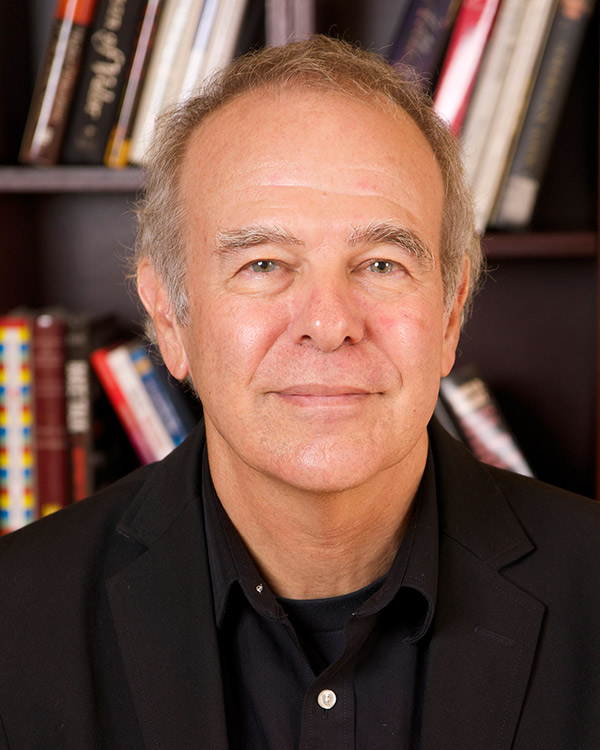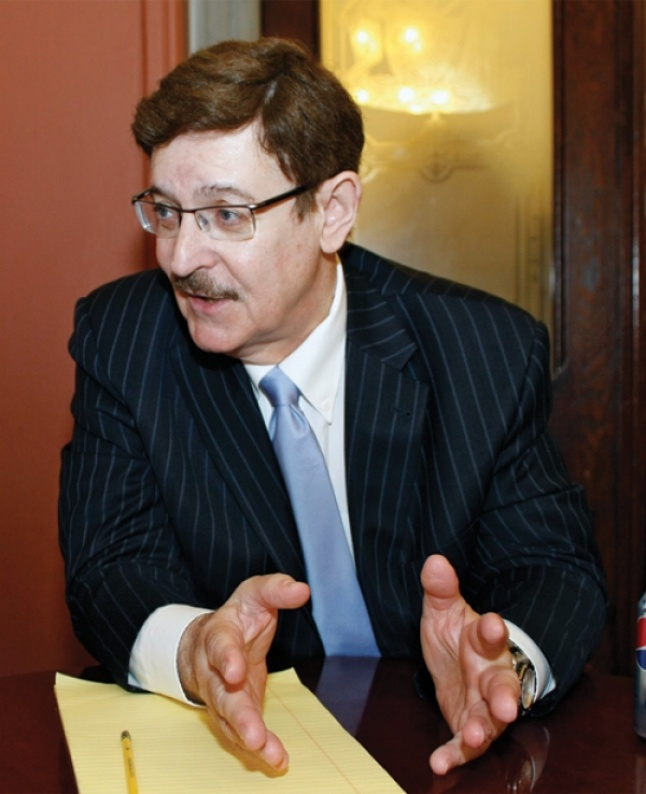Why Aren't the 2016 Presidential Candidates Talking About Education? Henig and Nadelstern weigh in
The Sound of Silence: The challenge of finding K-12 education discussion in the 2016 presidential campaigns
By Jeffrey R. Henig

If you’ve been listening for a deep and meaty discussion of K-12 education policy in this presidential campaign year, you’ve almost certainly been disappointed.
Post-secondary education has received some attention, catalyzed by Bernie Sanders’ call for free college tuition and picked up by Hilary Clinton's somewhat more modest pledge to make college debt-free.
There have been shout-outs, too, for pre-K education, such as Clinton's pledge to give every 4-year-old in America access to high-quality preschool by 2026 -- not surprising given Democrats' traditional support of public investment in young children. (Somewhat more surprising, in light of Republicans' aversion to new spending and Washington-led reform, was Ivanka Trump’s convention speech promising that her father would “focus on making quality child care affordable and accessible for all." Not much has been heard from the candidate himself in the weeks since regarding his position on child care or early childhood education.)
But K-12 education has not been high on either candidate’s list of talking points. And since that is where most of the federal attention to education traditionally has been aimed, it’s fair to wonder why we are hearing so little about it now and reasonable to ask what this might portend for the rest of the campaign and beyond.
Politics is complicated stuff, so there are multiple and shifting factors that might account for the silence. Two in particular are not frequently commented on: the low gain-to-risk ratio for both national parties to get specific on K-12 education, given intraparty divisions; and the phenomenon I call education “battles-by-proxy,” in which candidates signal their school reform proclivities while talking about other issues.
Political campaigns always involve judgment calls about whether it's more important to mobilize your partisan base or to reach out to independent and uncommitted voters. Moving toward the political middle holds out the prospect for a gain in the number of votes, but risks disappointing your base, which could translate into fewer campaign donations and lower turnout. Strategists attempt to gauge the gain-to-risk ratio on particular issues and position their candidates accordingly.
But such calculations are more complicated around K-12 education this year because the Democratic core vote and the Republican core vote are both internally divided. The Democratic base includes the teachers unions, which would like to see Clinton turn down the dial on charter schools and test-based accountability, as well as groups like Democrats for Education Reform, which would become disaffected by an abandonment of the pro-charter and pro-accountability approach of federal policy that dates back to the signing of the No Child Left Behind Act in 2002. The Republican base includes states rights, local control, pro-market, and anti-spending conservatives, who would like to see Trump aggressively dismantle most federal education initiatives, including those launched by the Bush administration, but it still includes (and will need to hold) some moderate and corporate Republicans who believe the national government needs to be involved if America’s educational system is to be competitive on the global marketplace.
Given these alignments, taking any strong and clear stand on education is risky. There is no set of K-12 initiatives that will not put at risk some component of the partisan base. As a result, both campaigns are trying to get by with fuzzy and symbolic language meant to affirm the vague goal of “great schools,” or by just avoiding the topic altogether.
Even if both campaigns find it risky to talk directly and substantively about K-12 reform, the candidates have proxy issues with which they can signal how they differ from one another in ways that ultimately matter for education. When the candidates talk about the role of Washington D.C. versus states, about investing in youth and communities versus tax cuts, about the value of diversity versus the threat of immigration, they are also telling voters about the kinds of K-12 educational initiatives their administrations likely would produce.
So if you’re listening for insights about K-12 education policies in this presidential election year, you may need to attune your ears to subtle themes playing just below the melody.
Jeffrey R. Henig is Professor of Political Science & Education at Teachers College, Columbia University
Fixing Education: It’s time for something new
By Eric Nadelstern

Education has been notably absent from the current presidential discourse.
Obama has failed at achieving school performance improvement, essentially bribing states and districts into following his school improvement strategies. The cornerstone of that strategy was the Common Core and evaluating teachers. However, both of those initiatives have received serious setbacks and look like they will not continue.
We’ve heard little from Trump except for the most occasional mention of vouchers. We know that Hillary has close ties to Randi Weingarten and the teachers’ unions and consequently opposes overreliance on standardized testing, evaluating teachers by how well their students perform and inviting the private sector to compete with public schools.
The next president needs to take the solemn duty of educating our children as a sacred trust. Position papers and strategies need to be developed in the following five areas of critical importance:
- Delineate the appropriate role for the federal government in education
- Expand federal funding to close, if not eliminate, the achievement gap
- Promulgate national standards for all schools
- Mobilize the entire nation to ensure that all of our students succeed to their highest potential
- Ensure higher education opportunities for all.
In the final two months of this election, both candidates and their staffs have a lot of work to do in this area. But it can be done. It must be done!
Eric Nadelstern is Professor of Practice and former Deputy Chancellor of the New York City Public Schools
Published Thursday, Sep 8, 2016